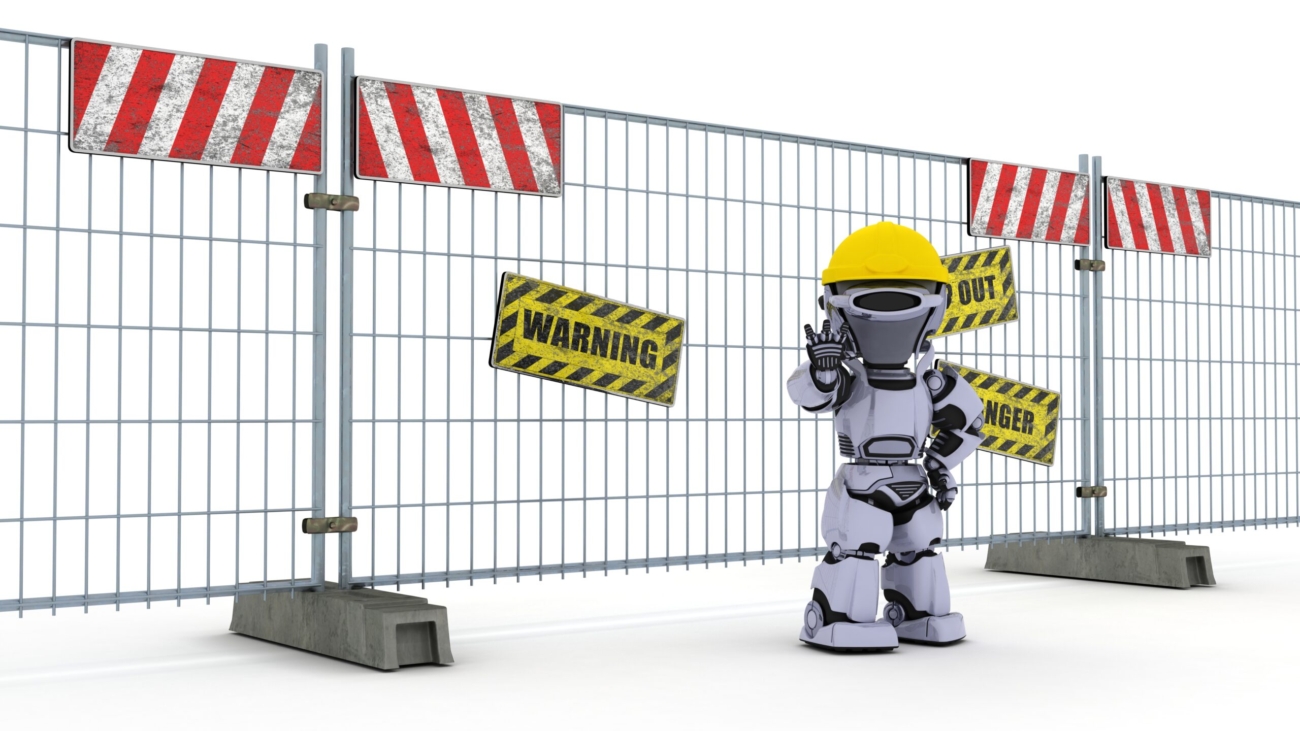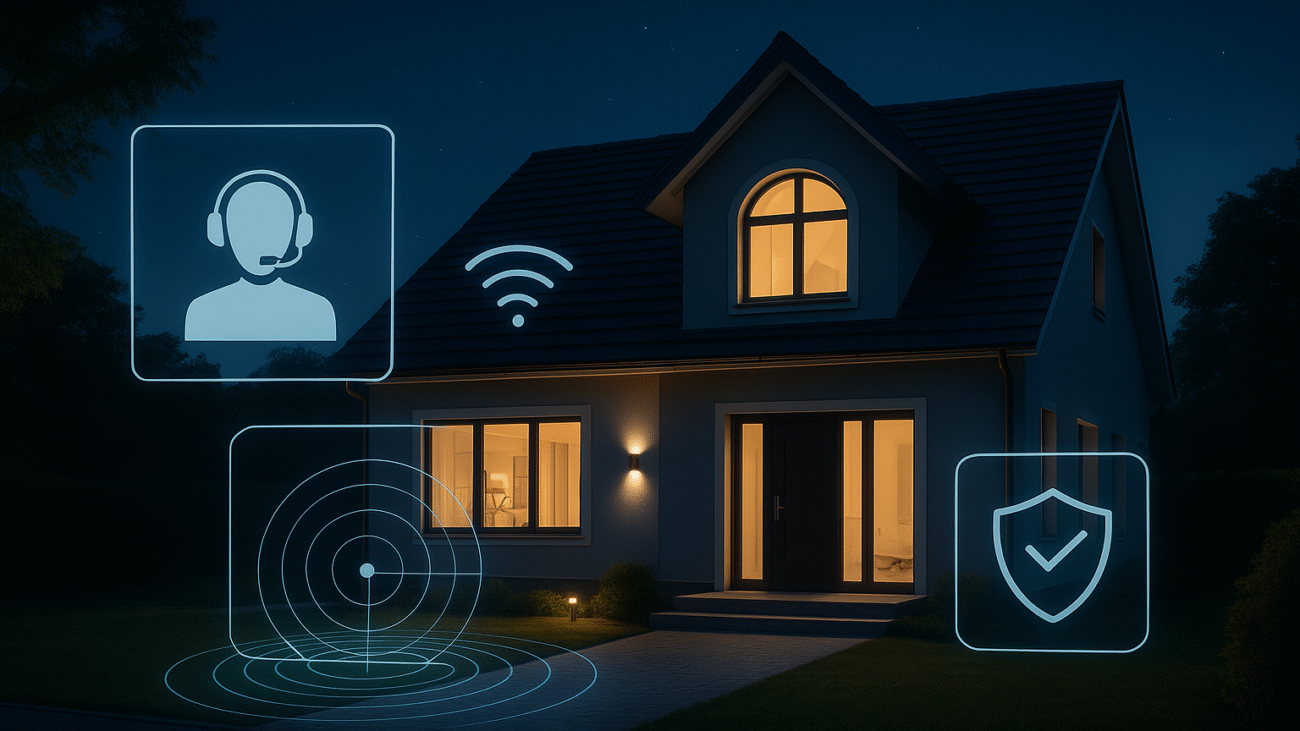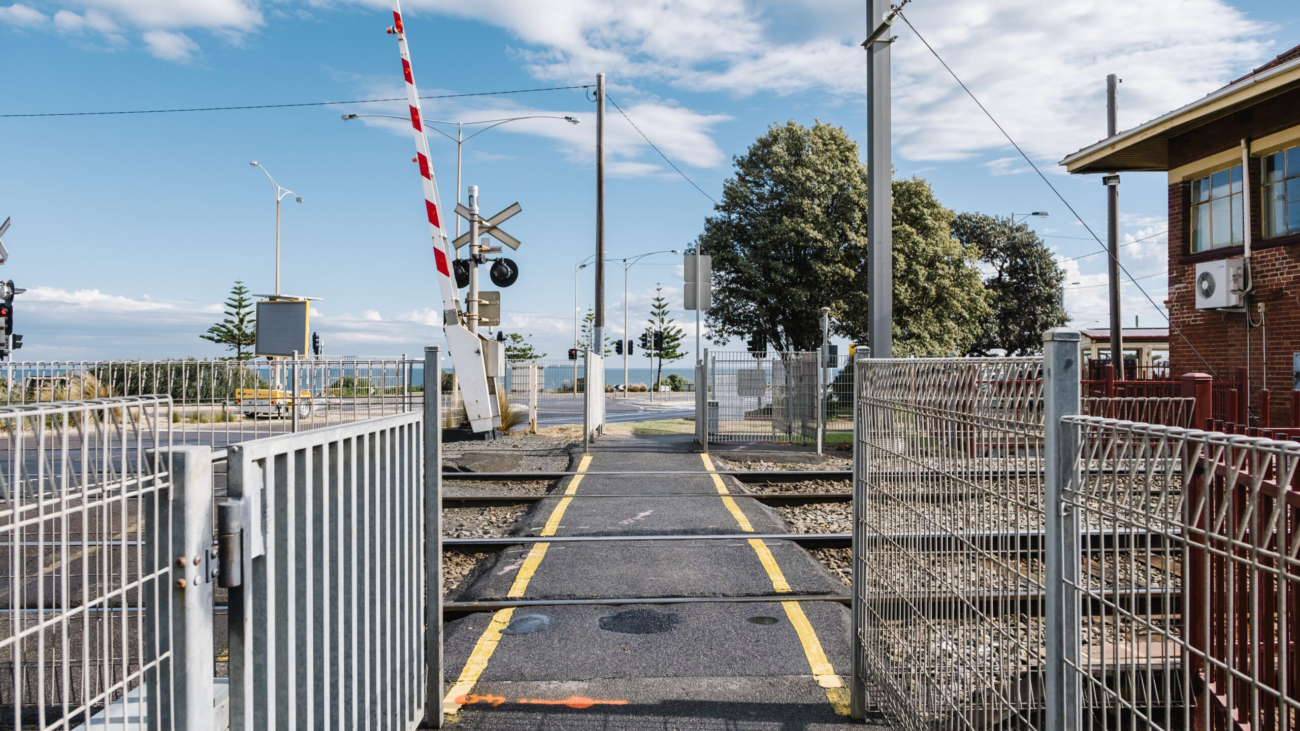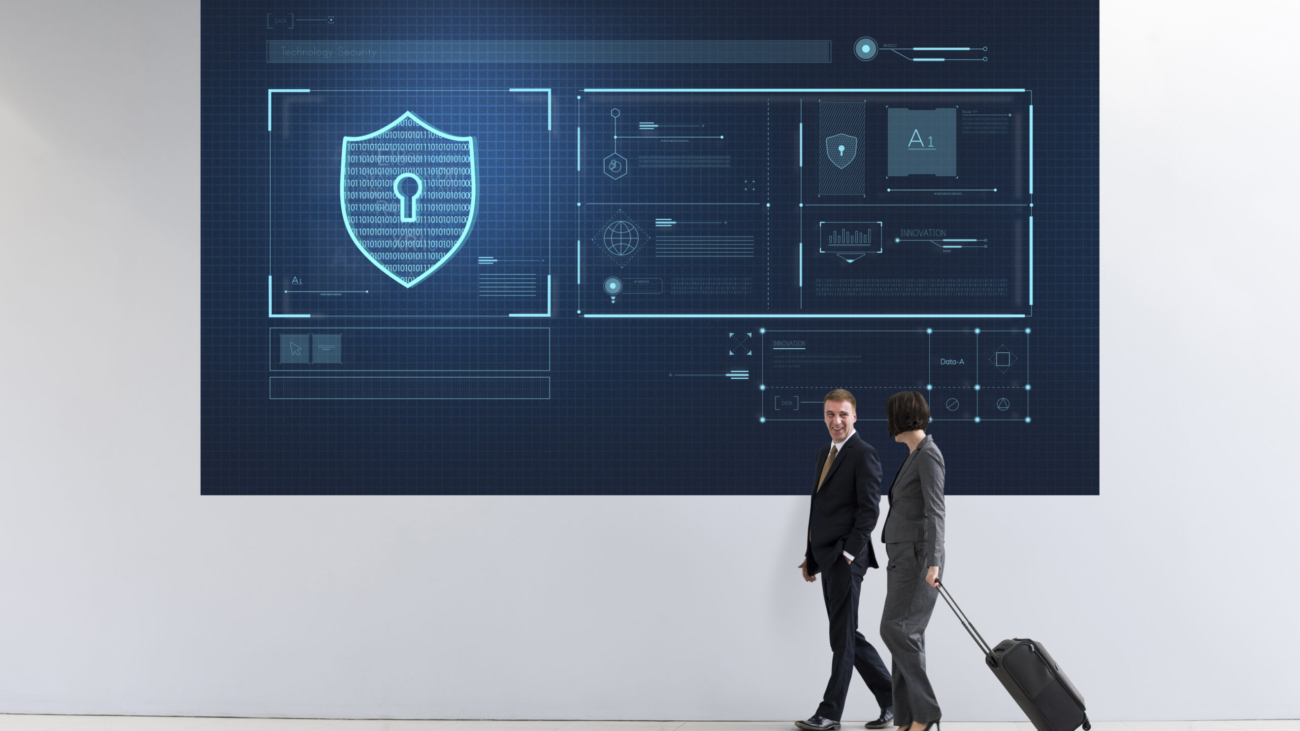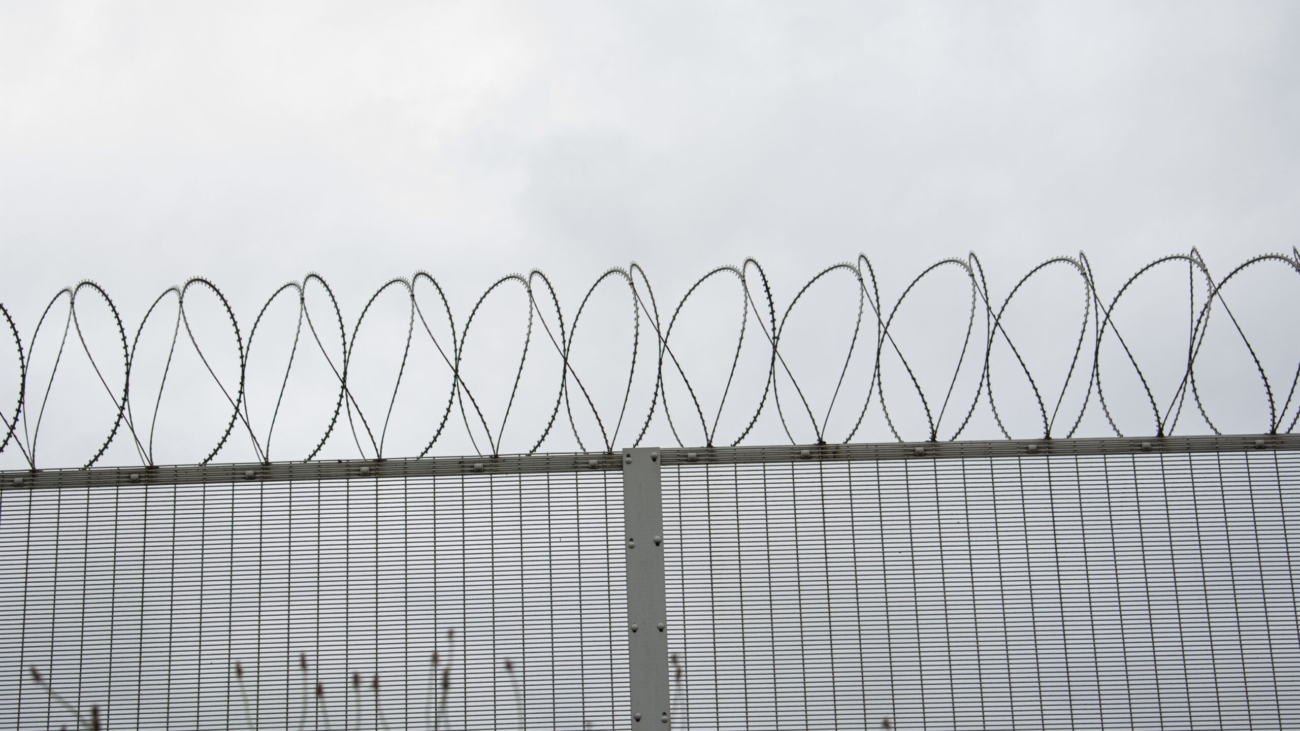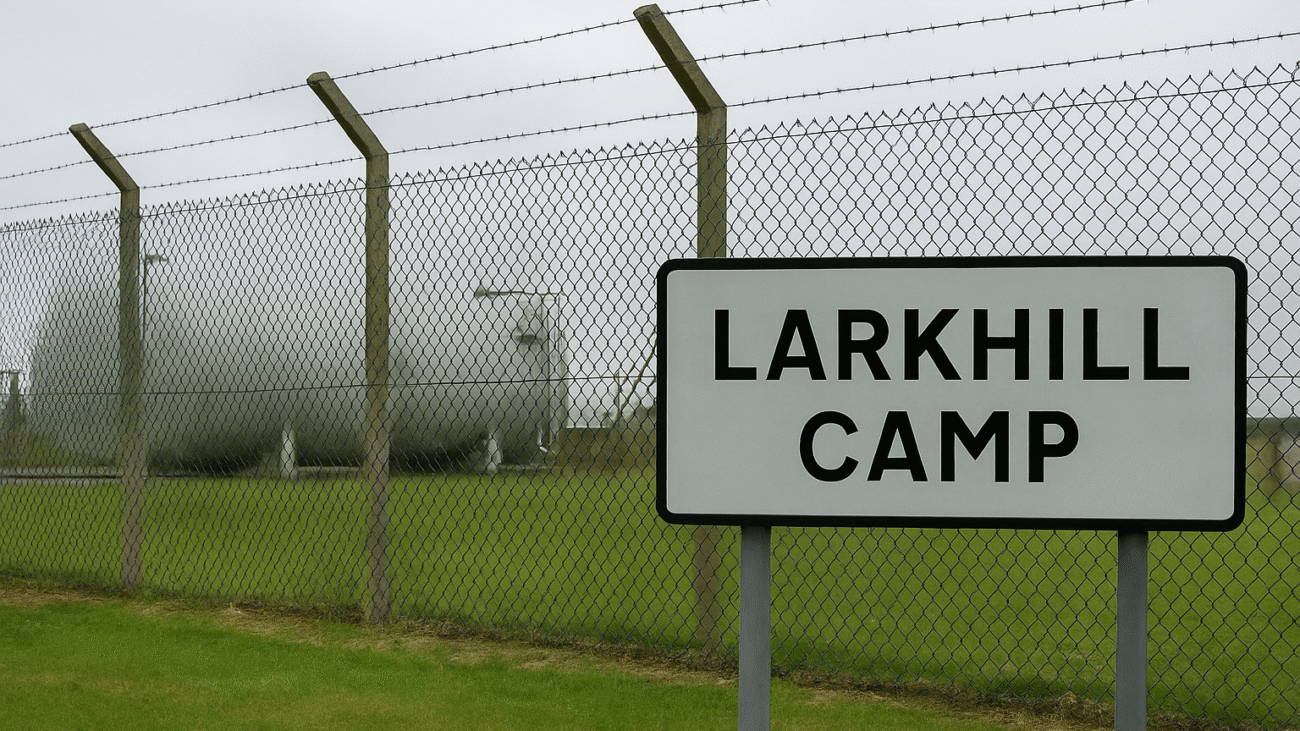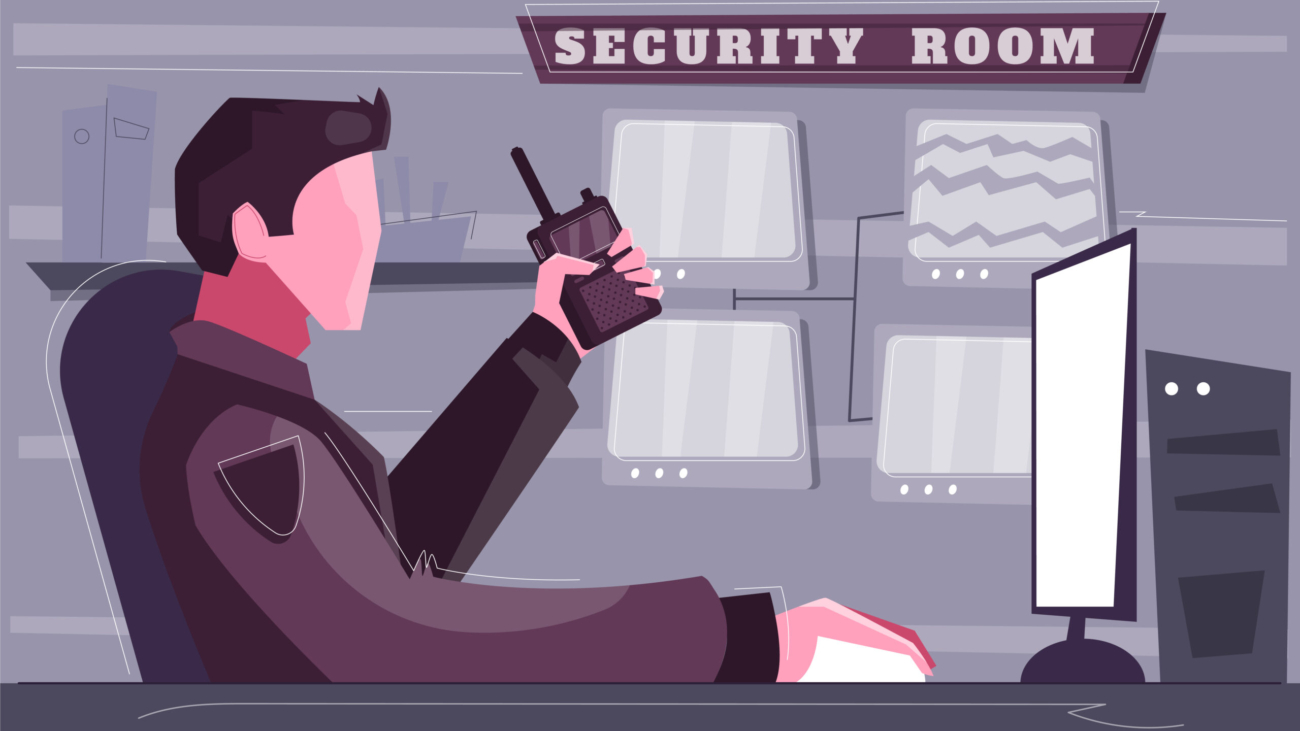Introduction
In the digital era, the physical security of borders is no less critical than cybersecurity. Important infrastructure, including power stations, data centres, and transport systems, has been experiencing increased threats of human and automated attacks. AI-based perimeter security has become a game-changer, offering intelligent, automated, and reliable security.
Understanding Perimeter Security Products
Perimeter security products involve the application of protection products to protect the edges of a site. Such systems identify, defer and discourage unlawful entrance using equipment including fences, alarms and movement lasers. In combination with AI, they are smarter: they can learn based on patterns, and their response time should improve.
Challenges in Protecting Critical Infrastructure
The conventional perimeter systems are known to be over-reliant on human beings to carry out monitoring, and this may result in fatigue and latency. Big plants require round-the-clock attention, and thus supervision by a human is expensive and inefficient. AI helps solve these problems because it offers unassisted reality detection and real-time notification to a minimum number of humans.
How AI is Transforming Perimeter Protection
The game changer in terms of security is the AI, in which machines can think and act intelligently. Through the patterns generated, AI can identify suspicious behavior at the time of breach. It is also able to differentiate between real and fake alarms, i.e. animal or weather changes, which enhances accuracy.
Key Components of AI-Powered Perimeter Security
- Smart Sensors: Detect motion, vibration, or sound using AI to filter real threats.
- AI Analytics Software: Processes real-time data from multiple sources for faster decision-making.
- Real-Time Alerts: Automatically notify operators through mobile devices or control systems.
Perimeter Protection Products with AI Technology
The current perimeter security systems have intelligent perimeter fences, infrared cameras, and artificial intelligence (AI) cameras. Every artificial brain becomes more accurate as time goes on. At that, AI video surveillance can differentiate a trespasser and an animal bypassing the fence, eliminating false alarms and wasting precious time.
Advantages of AI-Powered Perimeter Security
AI offers several key benefits, including:
- Faster Response Times: AI systems detect and act instantly.
- Reduced False Alarms: Intelligent algorithms ensure accuracy.
- Predictive Analytics: Anticipates potential threats before they occur.
These advantages make AI-powered systems more efficient and reliable compared to conventional setups.
Applications in Critical Infrastructure
AI-based perimeter protection products are ideal for:
- Power Plants: Prevent unauthorised access to high-risk zones.
- Water Treatment Facilities: Secure vital resources against tampering.
- Data Centres: Protect digital assets and physical servers.
- Transport Hubs: Monitor entry points and storage areas effectively.
Integration with Existing Security Systems
AI is not used to replace the existing security tools but to make them smarter. With AI added to CCTV, access control and alarm systems, a single and cohesive defence layer is created. Remote access through cloud-based analytics is easy, allowing operators to monitor several sites simultaneously.
Economical Costs and Long-term Prosperity
The initial investment in AI security would be expensive, but it reduces the costs in the long term. Automated systems reduce the number of people employed and the cost of maintenance, and they are easy to grow with the expansion of facilities.
Artificial Intelligence Perimeter Protection in the Future
The outlook is even brighter. With AI in the IoT network, 5G, and AI, the speed of data transfer increases, the smartness of decisions increases, and surveillance can become fully autonomous.
Selecting the best Perimeter Security Products
Consider when you choose perimeter protection equipment:
- Scalability
- Interlinking with artificial intelligence software.
- Maintenance support
- Vendor reliability
With the professional installation, there is almost no downtime, and these systems operate at their best.
Sysco Tech Solutions: Leading the Way in Perimeter Protection
Sysco Tech provides innovative products that are modified for critical infrastructure. Their AI-based solutions provide the best detection and 24/7 surveillance. From smart fencing to advanced analytics, SyscoTech makes sure that your assets are secured and abide by the contemporary safety regulations.
Conclusion
The use of AI in perimeter security is no longer a dream. The companies safeguard their critical assets, as never before, with smart monitoring, predictive analytics, and automated responses. The purchase of AI-based perimeter defence ensures safety and security.

